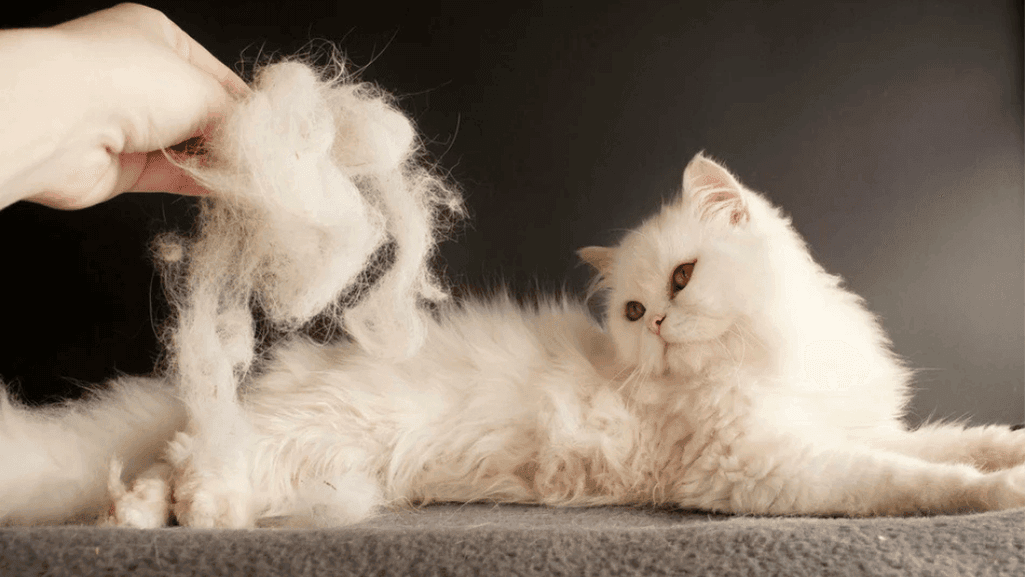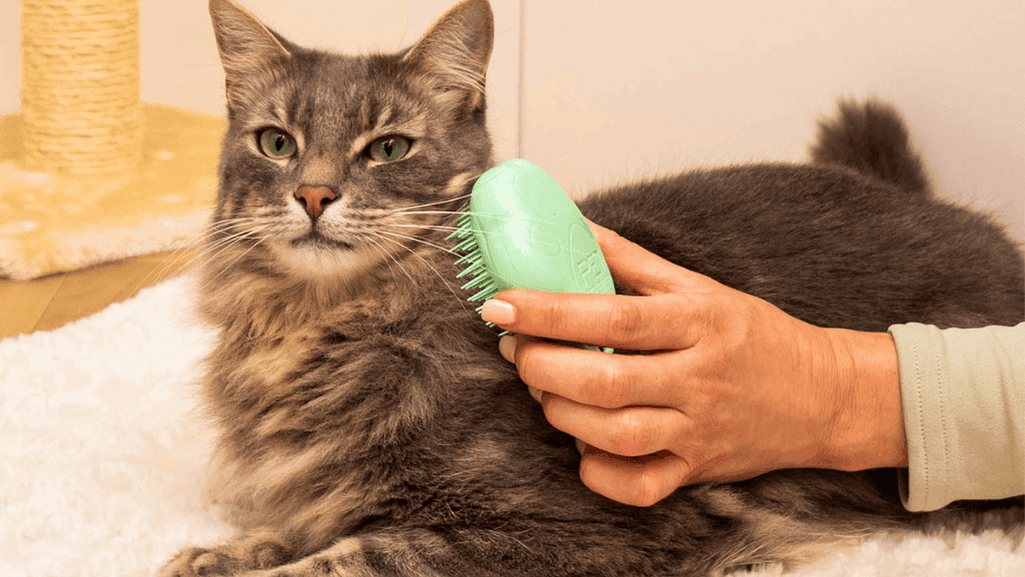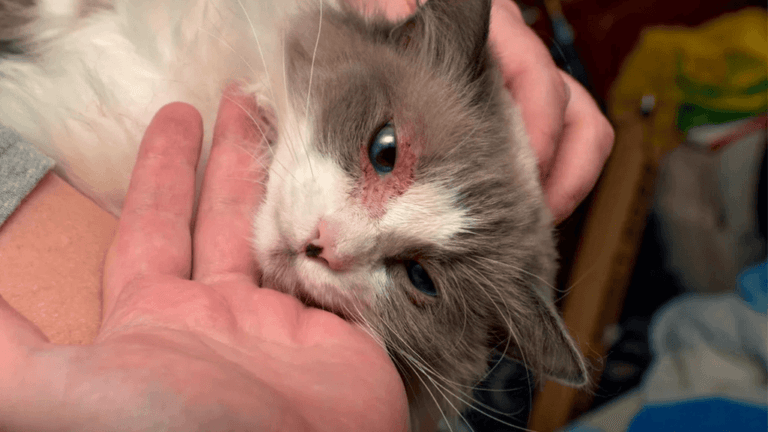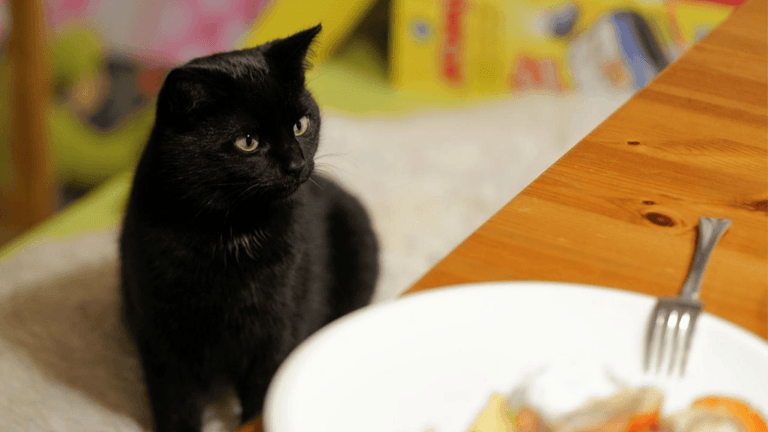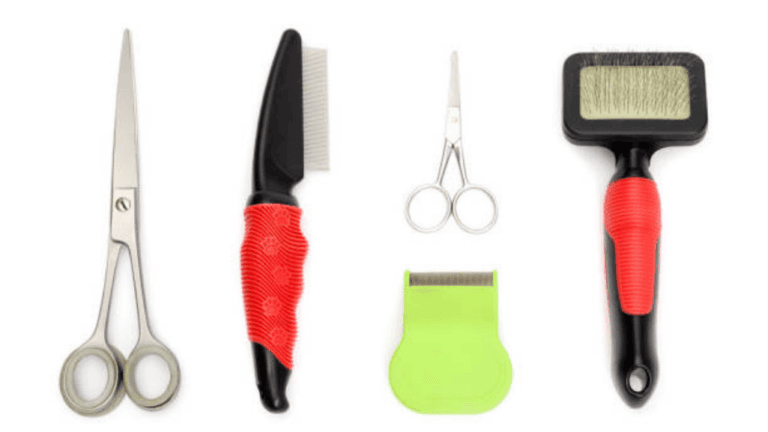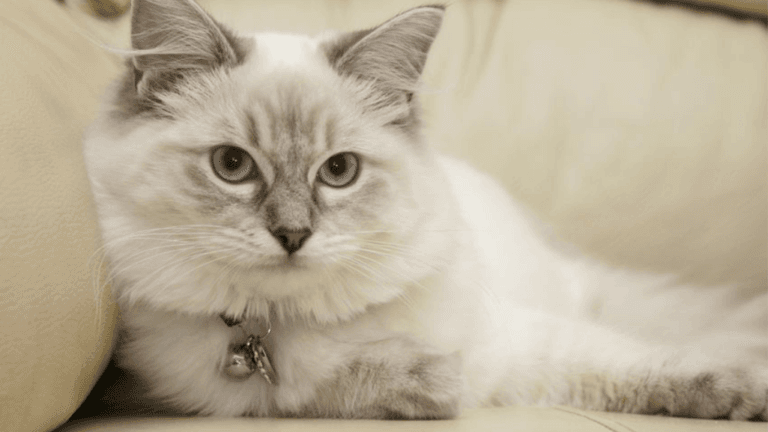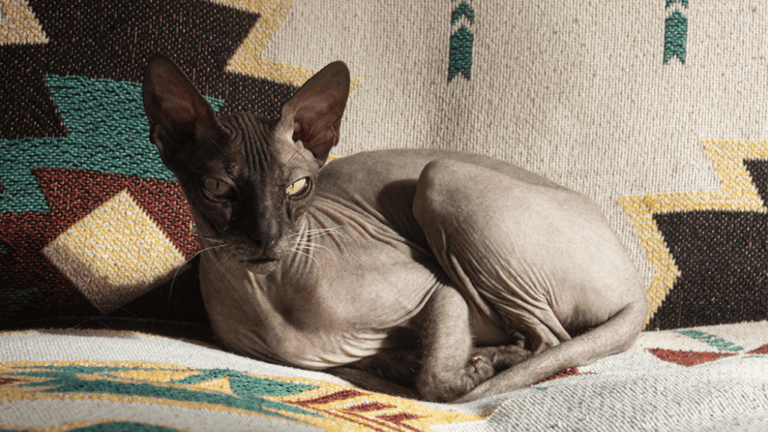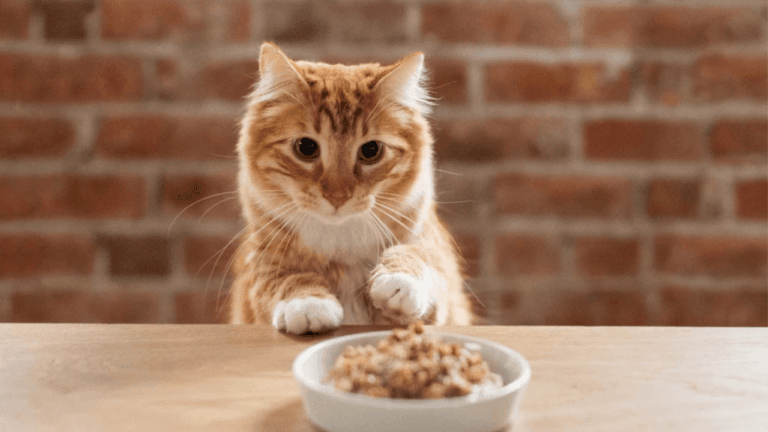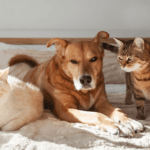Keeping your cat’s coat healthy is key to their happiness. Regular cat fur brushing makes their coat shiny and keeps it free from tangles. It also cuts down on shedding, stops hairballs, and strengthens your bond with your pet. With so many grooming tools out there, picking the right one can feel daunting.
This guide will show you why brushing your cat is important. We’ll look at various fur removers and give tips on finding the best deshedding tool for your cat. By adding these grooming habits to your routine, you’ll keep your cat’s coat in top shape and cut down on hair around the house.
Key Takeaways
- Regular grooming with a cat fur brush helps reduce shedding and prevents matting.
- Different types of brushes, such as slicker brushes, bristle brushes, pin brushes, and rubber brushes, cater to specific grooming needs based on coat type and length.
- Short-haired cats should be brushed 1-2 times a week, while long-haired cats require more frequent brushing, up to 2-3 times a week or daily.
- Choosing the right deshedding tool and establishing a regular grooming routine is key for your cat’s coat health and overall well-being.
- Grooming sessions also provide a chance to bond with your cat and check for any skin issues or parasites.
The Importance of Regular Cat Brushing
Regular cat brushing is key for cat coat care. It keeps your cat’s coat healthy, reduces shedding, and stops hairballs. Did you know that brushing your cat once per day or every other day can significantly improve their overall well-being?
Promotes a Healthy Coat and Skin
Brushing your cat’s fur boosts natural oil production. This makes their coat shiny and healthy. It also spreads these oils, keeping their skin moist and reducing irritation. Regular grooming lets you spot any skin problems early.
Reduces Shedding and Hairballs
Brushing helps control cat shedding. It removes loose fur, so your cat doesn’t swallow as much hair. This lowers the risk of hairballs. Hairball prevention is vital for your cat’s health. Quality feline grooming supplies make brushing easier for your cat.
“Regular grooming not only keeps your cat’s coat healthy but also strengthens the bond between you and your feline companion.”
Strengthens the Bond Between You and Your Cat
Grooming is a great way to bond with your cat. Many cats love the touch and attention from brushing. It lowers stress and makes them feel safe.
Be gentle and listen to your cat’s feelings. Reward them with treats and praise for a good grooming session. This way, grooming becomes a fun activity that strengthens your bond and keeps your cat healthy.
Types of Cat Fur Brushes
Choosing the right cat fur brush is key to keeping your cat’s coat healthy. It helps prevent too much shedding and matting. There are many cat grooming accessories out there. It’s important to know the different types and their uses. Here’s a guide to help you pick the best brush for your cat.
Slicker Brushes for Removing Loose Hair and Preventing Matting
Slicker brushes, like the Hertzko Self Cleaning Slicker Brush, are a favorite among cat owners. They have fine, short wires on a flat surface. These brushes are great for removing loose hair and stopping matting in all cat types.
They are also good for detangling fur and getting rid of dander. This makes them a top choice for solving cat shedding problems.
Bristle Brushes for Short-Haired Cats
For cats with short, smooth coats, bristle brushes are a great choice. These brushes spread natural oils, making the coat shiny and healthy. Bristle brushes, like the Safari Cat Bristle Brush, are gentle on sensitive skin.
They are perfect for elderly or frail cats because they are soft.
Pin Brushes for Detangling Long-Haired Cats
Long-haired cats, like Persians or Himalayans, need special care to avoid tangles and mats. Pin brushes, with their wide pins, gently detangle and fluff long fur. The Pet Republique Dematting Tool is a top pick for long-haired cats.
It removes knots and mats without hurting your cat.
“Regular brushing not only keeps your cat’s coat looking its best but also strengthens the bond between you and your feline companion.”
Rubber Brushes for Short-Haired Cats and Bath Time
Rubber brushes, like the PETKIT Soft Silicone Cat Brush Massager, are great for short-haired cats and bath time. They are soft on the skin and good at removing loose fur. They also give a massaging effect, which is soothing for cats with sensitive skin or elderly cats.
When picking a cat fur brush, think about your cat’s coat type, length, and grooming needs. Try out different brushes to see which one your cat likes best. Brushing regularly keeps your pet’s coat healthy and reduces shedding. With the right tools and techniques, your cat will look and feel their best.
Choosing the Right Cat Fur Brush
Choosing the right cat brush is important. You need to think about your cat’s coat type, age, temperament, and what you like. These things help pick the best brush for your cat.
Long-haired cats, like Persian or Maine Coon breeds, need a pin brush or slicker brush. These brushes have long teeth that get through thick fur. They also prevent mats.
Short-haired cats, like British Shorthairs or Russian Blues, do well with bristle or rubber brushes. These are soft on their skin. They also make their fur shiny and healthy.
Age matters when picking a brush. Kittens and older cats have sensitive skin. A rubber brush or grooming glove is gentle. It removes loose fur without hurting them.
Experiment with different brushes to find the one that works best for you and your cat.
Think about your cat’s personality and what they like. Some cats don’t like certain brushes. If your cat doesn’t like a brush, try another one. This makes grooming better for both of you.
The best brush for your cat depends on their needs and what they like. Look at their coat type, age, and personality. This helps pick the right tools to keep their fur looking good.
Effective Cat Grooming Techniques
Keeping your cat’s coat and skin healthy is key. By using cat grooming tips regularly, you’ll bond with your cat and keep them well.
Introducing the Brush Gradually
Start grooming by letting your cat get used to the brush. Let them sniff and explore it. This makes grooming a good experience.
Short-haired cats like American Shorthairs need brushing once or twice a week. Long-haired cats, such as Persians or Maine Coons, need daily brushing to avoid mats.
Brushing in the Direction of Hair Growth
Brush your cat’s hair in the right direction to avoid discomfort. Use gentle strokes, focusing on sensitive areas like the belly and tail. Brushing removes loose hair, prevents matting, and makes the coat shiny and healthy.
“Cats who aren’t brushed regularly are prone to shedding, hairballs, tangles, and mats, which can lead to skin infections if not treated.” – Feline Grooming Expert
Being Gentle and Attentive to Your Cat’s Reactions
Watch how your cat reacts to grooming. Some cats like it, while others don’t. If they seem uncomfortable, stop and try different techniques.
Use different brushes to make grooming more fun for your cat. Try rubber brushes, slicker brushes, or combs like the Safari coarse comb or Resco professional ergonomic comb.
Rewarding Your Cat with Treats and Praise
Make grooming a positive experience with treats and praise. Use the KONG Cat ZoomGroom multi-use brush for a massage-like experience. This helps your cat relax and enjoy grooming.
Consistency is key in cat grooming. A regular routine, whether daily for long-haired cats or weekly for short-haired ones, keeps their coat healthy. It also strengthens your bond with your cat.
Conclusion
In this cat fur brush guide, we’ve covered the basics of grooming and coat care. It’s vital to brush your cat regularly, choose the right brush, and use the best grooming techniques. This keeps your cat happy and healthy.
There are many grooming tools out there, like slicker brushes and rubber brushes. Long-haired cats need brushing 2-3 times a week, or even every day. Short-haired cats do well with 1-2 brushings a week. Brushing more often during shedding season helps manage hair loss.
Make grooming sessions calm and comfy, even for shy cats. Start slow, brush in the right direction, and watch for your cat’s signs. Giving treats and praise makes grooming a positive experience for both of you.
Using what you’ve learned from this guide will help your cat stay in top shape. Regular brushing keeps their coat shiny and healthy. It’s a great way to show your cat you care and strengthens your bond.


